father sky likes to play 'pull my finger'

In the old mythologies, there was always Mother Earth. She who gave birth to us. She who nurtured us. She who cared for us. Gaia was her name in Greek mythology. Natura was her name in Latin. In Algonquin, her name appears to have Nokomis. In Incan, she was Pachamama. There was even a rough equivalent in southeast asia in Dewi Sri. We still pay homage today to her as a concept, at least, as Mother Nature, in the West.

Most of the time, or at least in the western traditions, Gaia was hardly single. She had a spouse, often some derivation of Father Sky. Often something of a monster, Father Sky did have his part to play in the universe. He has been neglected as of late, since the Abrahamic religions have overrun the West. However, he seems to still be around, still be presence, and since humanity has started looking at other star systems, he has motioned us over to chat with us, talk with us and then...he keeps doing this one, obnoxious thing: he likes to 'play pull my finger.'
And for astronomers, he's let off some stinkers.

To start with, the first exoplanets found were not where they were supposed to be. They were not the types we expected. They shouldn't even have remotely existed.
But, of course, they did.
The exoplanets I am talking about are those around pulsars. Pulsars are the remnants of stars that have exploded in supernova. They are neutron stars: chunks of very hot and dense matter made of nothing but neutrons, unlike normal matter which is made of electrons, protons and neutrons. Pulsars are a type of neutron star that is highly magnetized and spins, sometimes, quite fast. Sometimes as fast as 3 milliseconds. Imagine something 10 km in diameter and weighs at least 40% more than our Sun and spins every 3 milliseconds.
In 1992, two planets were found around a pulsar, PSR B1257+12.
They shouldn't be there.
A supernova is one of the largest single largest explosions in the known universe. It's a star. Exploding. Sometimes even sending off large amounts of material from the star at a considerable fraction of the speed of light. Far, far faster than we can do chuck anything other than paltry few electrons. And the material being thrown at those speeds was several times more than the mass of the Earth. That, we thought, ought to obliterate any exoplanets there may have been before.
And yet. There they were.
And these first three were followed by numerous others around pulsars. Some were harbingers of other types of exoplanets. And we still don't have a good grasp of where they came from or how they came to be...and it has been 26 years since their discovery.
Sky Father had let off a stinker. But it would not be the only one, just the first.

The next stinker would be the Hot Jupiters. Prior to the discovery of 51 Pegasi b in 1995, it was thought that our solar system would be the model for the systems we would find in the rest of the galaxy. Small rocky worlds close in. Large gaseous ones further out. Finally fading into balls of ice out in the far depths.
Boy. Or girl. Were We wrong!
In 1995, the first exoplanet was found and confirmed around a main sequence (aka normal) star. 51 Pegasi is a G class (yellow) star pretty similar to our own. However, it was harboring a big shock. Orbiting 1/7th the distance that Mercury is from our Sun around 51 Pegasi is a planet, but not a small rocky one like our own, but rather a planet about half the mass of Jupiter. And just as much a ball of gas. And it was in an orbit around its star that took only 4 days. Not 365 like earth, but only 4. It had ~91 "years" for every one of ours.
It turns out about one in twenty or 5% of all exoplanets found so far are what we call hot jupiters. These are giant planets, sometimes much bigger than our own Jupiter, were originally thought to have migrated in from where Jupiter is today, roughly, to their present positions. However, there are hints there might be two types of hot jupiters: some that migrate in. Some that form right where they are.
Some are as black as coal, but made of gas. Others have winds made of what we call on Earth 'ruby.' Some have comet-like tails from their host star cooking off the gas in their atmosphere, but on a vastly larger scale.
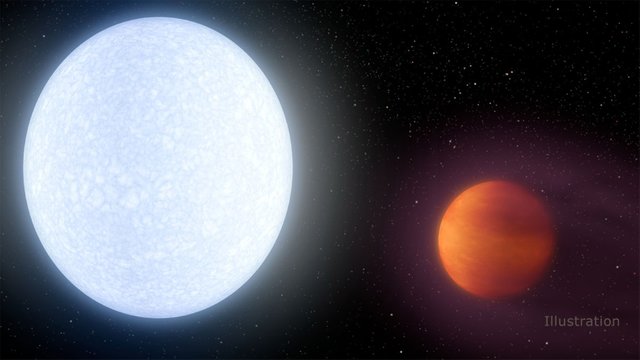
Finally, one called Kelt-9b is hotter than most stars: its parent star is what is called an A class dwarf and it pumping so much UV light into the hot jupiter, it's insanely hot.
Smell that? Sky father did it again.
And he's still not done.
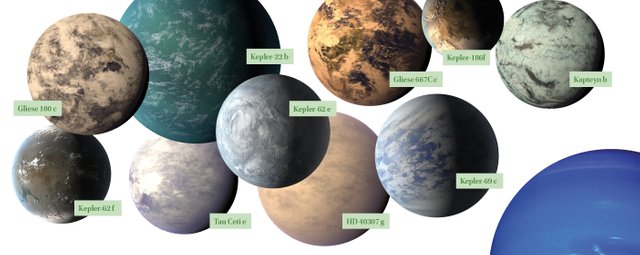
There are two types of exoplanets I like to call the evil twins. These are two types of planes we do not have in our solar system. They look superficially alike. They have a high mass, more than Earth, but are smaller than Neptune or Uranus. They vary from 1.5 to 4 times the diameter of Earth. Past that, they are very different. One type is primarily made of rock. The other, primarily of gas. These are the SuperEarths and Mini Neptunes.
SuperEarths are huge planets, often between 1 1/2 to 2 1/2 the diameter of Earth. They appear to be rocky based on their mass. They also seem to be very common. In fact, they are one of the most common types of planets. They look superficially like their evil twin, the mini neptunes.
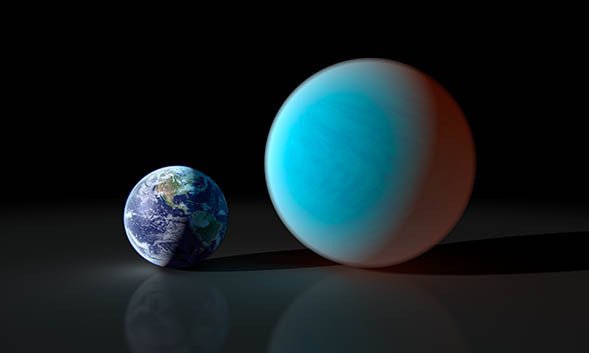
Mini neptunes are different from SuperEarths insomuch as they are made mostly from gas. They have roughly the same diameter as a superearth, but are ... fluffy and lighter. With one of the ways to detect the planets around other stars being to see their shadow as they transit in front of their star, it was initially hard to make out the differences between the two types.
What a stinker. But he was still not done.
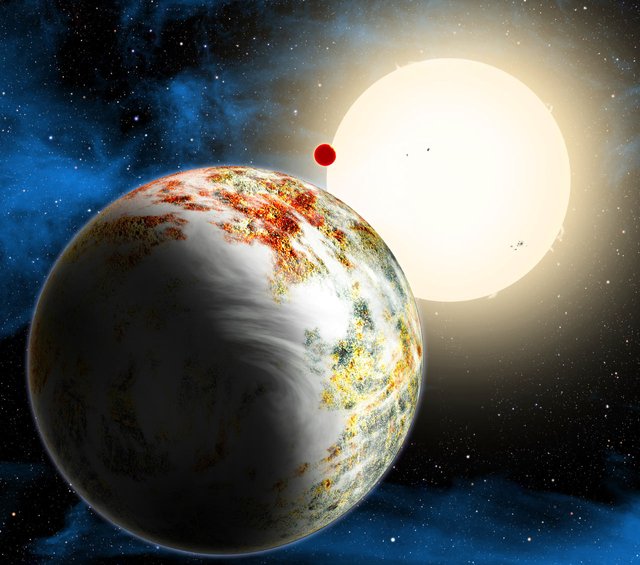
Kepler-10c, found by the Kepler space telescope, turned out to be yet another type of exoplanet. One we absolutely knew couldn't exist. And yet, there it was. This is what we call a megaEarth. These worlds are from the size of Neptune all the way up to the size of Jupiter, but they are made of rock, like Earth, and do not have the massive atmosphere of Jupiter.
What
the
heck.
And still he was not done.
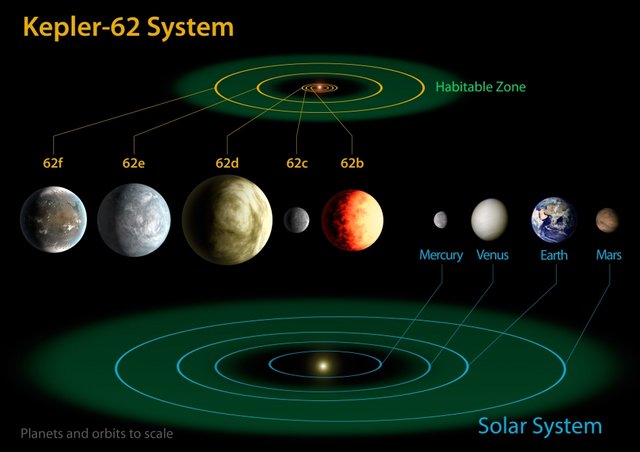
It also turns out that there are a huge number of exoplanetary systems where the planets are all very, very closely packed together. In our own solar system, our planets are spaced apart. In some, even many, you can have as much as 5 exoplanets within the distance of the orbit of Venus. Our solar system, we have two: Mercury and Venus. In some, like Kepler-62, there are 5. Sometimes more. In fact, solar systems like our own are in the minority: 1 out of 5, it appears.
Talk about anthropocentric!
Tired yet? Or nose dead from the stinkers. too bad! He's STILL not done.
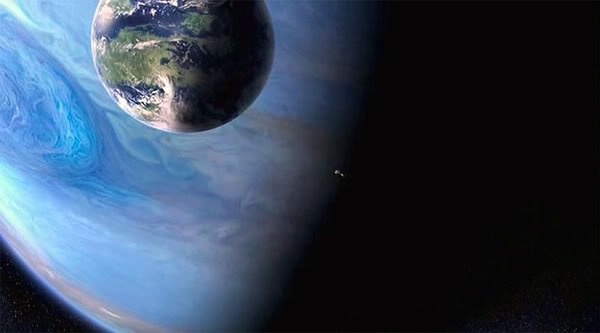
It was thought gas giants, worlds like jupiter, couldn't have moons that were too large. This was taken from the ratios seen from Jupiter to its moons, Saturn to its, plus Uranus and Neptune. Despite all the dreams since the 1970s of worlds around giant planets, it was thought to not be likely.
Sky father just had to let off another one then.
It turns out the Kepler-1625 system has a jupiter sized planet...with a Neptune sized moon. So much for that slar system centric idea, but wait! It gets better. OGLE-2015-BLG-1459 is a brown dwarf (something like a failed star, too small to maintain fusion like a normal star, but bigger than jupiter by alot) with a neptune sized moon that in turn has a mars sized moon of its own.
dangit, sky father!

There are many more types of exoplanets: worlds made of carbon rather than rock. Worlds that are primarily water! Superjupiters that bridge the gap between brown dwarfs and regular ole Jupiter. And gas giant J1407 b has a set of rings that are 200 times the size of Saturn's.
And there are assuredly more to come. After all, we haven't found life yet. And when we do...
Just be ready when you pull Sky Father's finger then...
